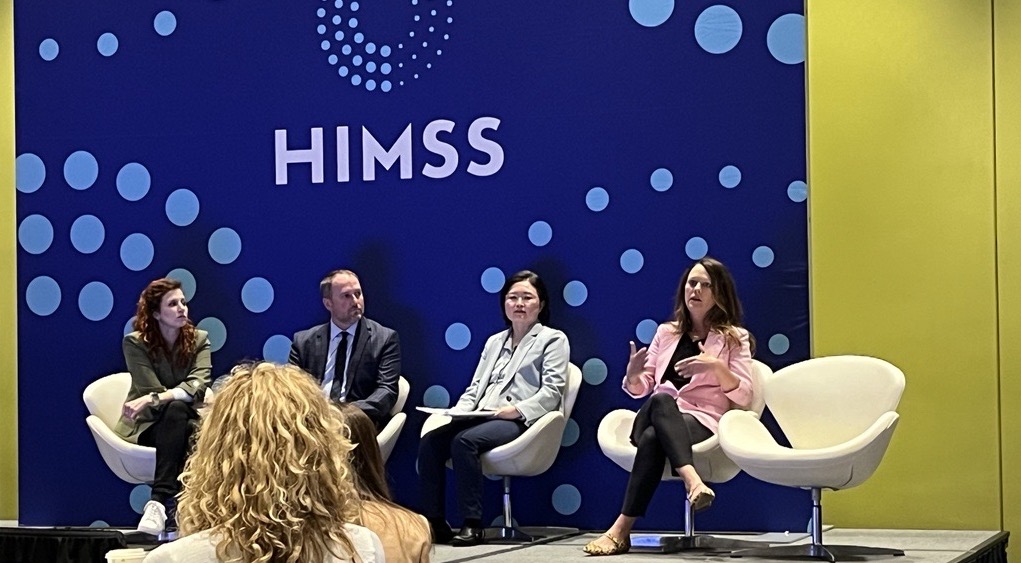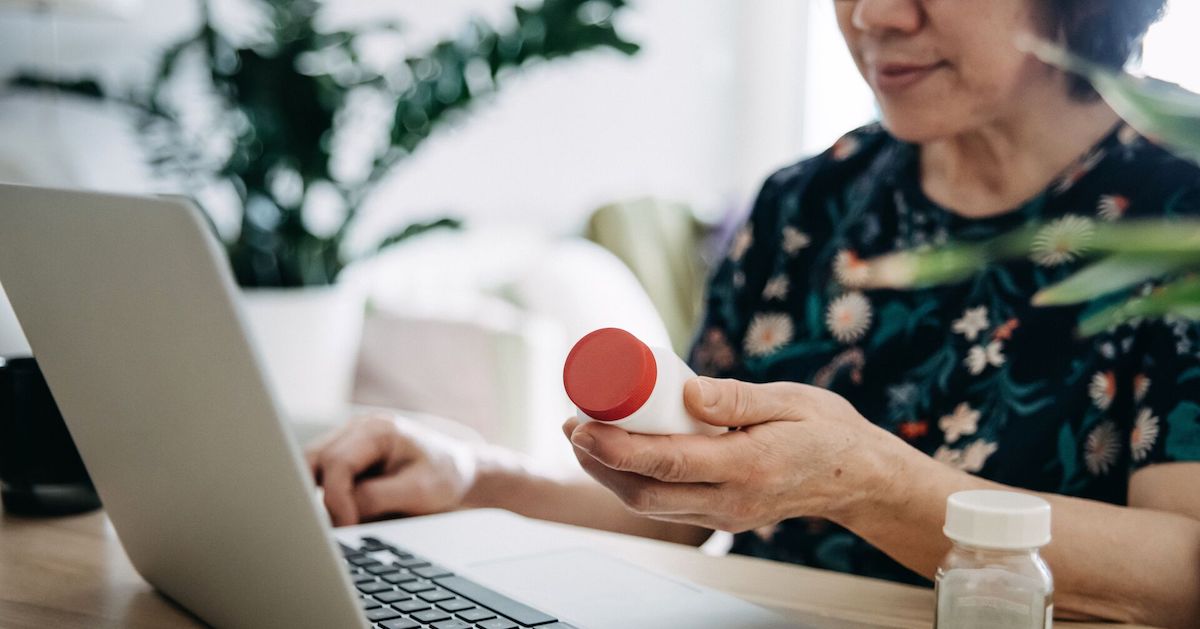CHICAGO – When Charlotte, N.C.-based Atrium Health’s Sanger Heart and Vascular Center was first implementing its remote patient monitoring program, the hardest lift was getting devices into patients’ hands and troubleshooting problems, said program coordinator Shannon Crotwell.
They began with internet-connected devices, asking patients to download an app where they’d need an Apple ID. Then they shifted to Bluetooth, but there were sometimes difficult tech issues there too. Now Sanger uses cellular networks, which Crotwell said has helped them access patients in rural areas.
“I would say one of the biggest learnings that we had over the four year journey of launching this is just the feasibility of what works for one is not going to work for all,” she said at HIMSS23. “And you have to have that custom package.”
Brad Reimer, chief information officer at Sioux Falls, S.D.-based Sanford Health, said that’s also true for addressing patient privacy concerns. It’s important to arm physicians with educational materials that explain what data the health system will collect and why its collection is beneficial.
“You’re going to have to tailor that discussion based on who it is in front of you, because it is not a one-size-fits-all,” he said.
Mira Kang, vice director and vice chief medical information officer at the Digital Transformation Center at South Korea’s Samsung Medical Center, said it could vary by culture as well. Healthcare is more accessible in South Korea compared with the U.S., she said. It’s also less expensive for the patient.
“I think the Korean people frequently use mobile and web services. Likewise, they want to use remote healthcare services more frequently, because they have become accustomed to this convenience during a pandemic. […] One might worry about overuse because of Korean culture,” she said.
But Reimer said inbox overload is a concern in the U.S. too, and physicians simply may not have enough hours in the day to respond to messages from patients.
“That’s a problem yet to be solved. And I think it has more to do with physician workflow and getting that message to the right person that can actually do something with a message, whether it’s a provider, a nurse, a pharmacist, a scheduler, all those types of things,” he said.
Patient education will continue to be key, Crotwell said. They need to know how to effectively use their devices, so they don’t accidentally contribute to provider overload.
“They take their blood pressure in the morning. And maybe they’re not educated, and they take it before they take their medication, so their blood pressure is really high. And then they want to take it 20 times, and they’re getting more anxious and their blood pressure just keeps going up, up, up, up,” she said.
“And then there’s just an influx of messages, right? ‘My blood pressure is high, so I need you to give me a call back.’ So more data is not always better.”
Mark Zandi will offer more detail in the HIMSS23 session “Keynote: Are More Turbulent Times Ahead for Healthcare? An Economic Outlook (Part One).” It is scheduled for Friday, April 21 at 8:30 a.m. – 10:15 a.m. CT at the West Building, Level 3, Skyline Ballroom, room W375.




